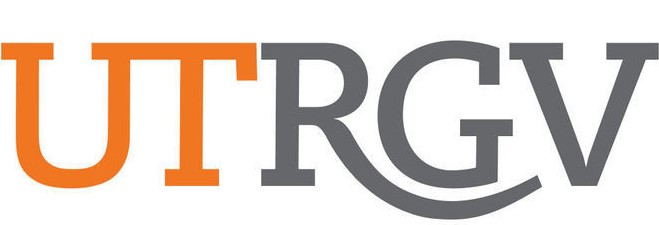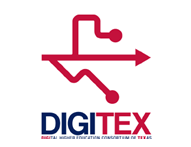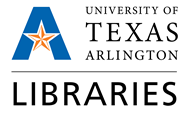OER is a constantly evolving and expanding landscape of resources, research, policies and practices that can be overwhelming for those new to the landscape.
A review of the many players, organizations, and resources populating and transforming the landscape can be found in the UT System World of OER Resource Guide, and a glossary of terms is also available. If you would like to explore integrating OER into your classroom, department or institution, we recommend the following resources to help get you started.
Moving beyond Getting Started with OER
What does OER engagement look like once you move beyond the beginning stages? What do higher education practitioners and leaders need to think about to build greater capacity to develop an OER infrastructure?





